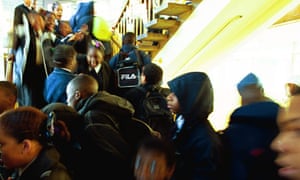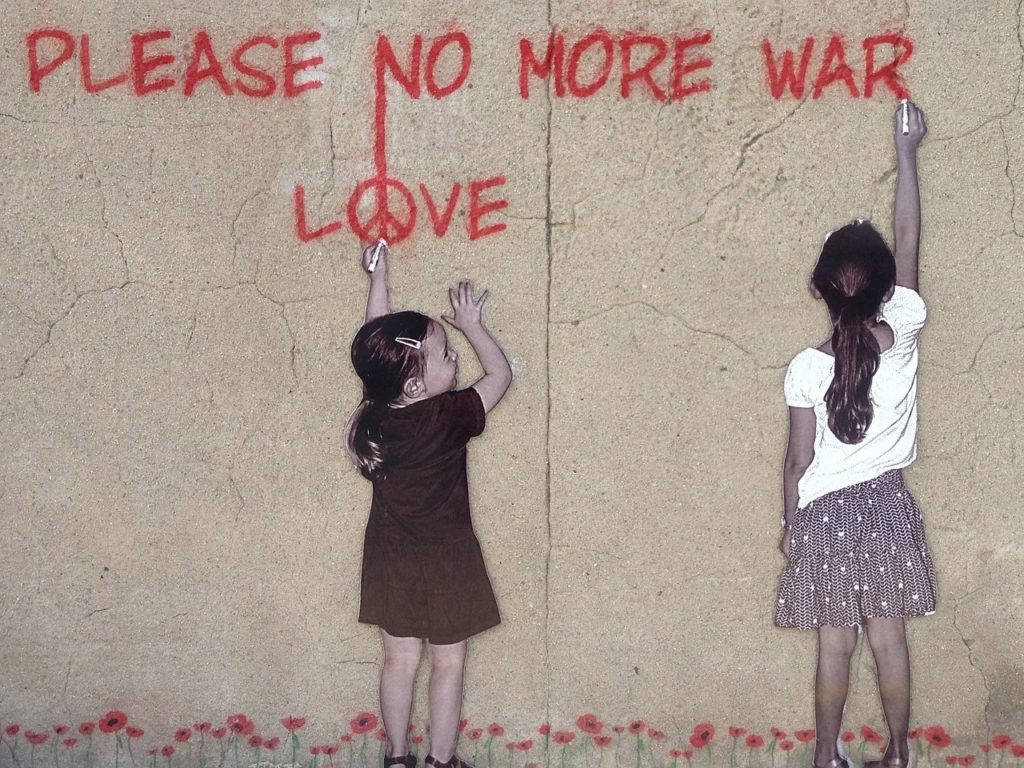By Anna Ridgewell, Research Fellow and SeNSS Doctoral Student, University of Sussex
This piece was originally published in September 2021
It is incumbent on all new doctoral scholars to give serious consideration to the methodological framework underpinning their research and the methods that they will use to achieve their aim of answering their research questions. I wrote this blog post as a new PhD researcher, as I was grappling with making a change from moving beyond the world of quantitative work, in which I had been previously fully embedded, and moving into a new (and sometimes daunting) world of qualitative enquiry. It briefly explores the challenges involved in moving away from an idealised concept of achieving the ‘perfect’ study and instead embracing messiness and creativity.

Research design conundrums
Dunne et al (2005) describe the research process as being a moveable, dynamic process and offer the visual depiction of an ‘elastic plane’ as a useful way of conceptualising methodology, with different dimensions of the research process ‘pulling’ on it, taking it in different directions depending on where the researcher’s gaze may be most concentrated at any one time: the more complicated a research project, the stronger the different pulls will be. This concept of the elastic plane is in direct contrast to a more traditional conceptualisation of research design as a building structure, with its connotations of immovability, steadfastness and order (De Vaus, 2001). In the course of writing my PhD research proposal, I have become acutely aware of how the different considerations as outlined by Dunne et al (2005) have shaped and changed its focus. Perhaps most importantly, I have found myself having to make a conscious effort to move away from my previous strongly held beliefs about the ‘value’ of different types of research: namely the superiority of quantitative methods as underpinned by a positivist outlook.
The irresistible pull of positivism
In social research, positivism rejects speculation, confining itself instead to experiential data (Denzin & Lincoln, 2005) and is most often associated with quantitative research paradigms which are based on a supposed objective reality and which have dominated the research landscape and continue to exert much influence (Bryman, 2016). It has been argued that there exists a culture of positivism within Western culture that depicts the social world as a reality that is both knowable and measurable (Dunne et al, 2005). Quantitative research (to me) has always felt neat, ordered, ‘right’ and as if it can be controlled. There are strict expectations around participant recruitment, power analyses, validity, reliability and the search for the all-important statistically significant findings. It feels very linear and a straightforward journey from A to B, to be undertaken by purely objective observers – taking away the need for an explicit declaration of positionality. Indeed, it has been argued that as humans we have an irresistible urge to classify the world in an attempt to bring order to uncertainty (Keck, 2009) and this argument speaks to my own feelings about this. Indeed, the need to discover the irrefutable ‘truth’ of causal relationships via the ‘gold standard’ approach of using quantitative methods such as randomised controlled trials (RCTs) (Hariton & Locascio, 2018) has entered the public domain through an increase in evidence-based policy making in a number of different areas that traditionally would not have used this approach.

The need for a post-positivist framework
In contrast with positivism, a post-positivist outlook proposes that what is observed is always going to be influenced by the observer (Denzin & Lincoln, 2005). Post-positivism is most often associated with qualitative research methods which are usually textual, yet still underpinned by a search for coherence and meaning. Willig and Stainton Rogers (2017) propose that qualitative research is situated, firmly locating the researcher in the world, making sense of phenomena via the meanings that individuals attribute to them and therefore that qualitative research is both naturalistic and interpretive. Qualitative methods have in the past, however, been presented as a less rigorous approach to research. Denzin and Lincoln (2005) state that there has been a tendency to label qualitative researchers as ‘soft’ scientists and their work deemed subjective and unscientific, or their findings interpreted in unhelpful political terms. Qualitative researchers have felt the need to provide ways of demonstrating the rigorousness and credibility of their findings. However, Huttunen and Kakkori (2020) argue that in qualitative research it is important to have a different frame of validation than traditional ‘Cartesian’ ideas of validity and reliability, arguing instead for a Heideggerian notion of truth whereby the intrinsic value of research lies in its ability to awaken novel forms of seeing and thinking.

Dropping the shackles of positivism and embracing change
When reflecting on these critiques of positivism and the arguments for why qualitative research methods within a post-positivist tradition are both valid and valuable, it appeared to me that this was the natural direction in which my thinking should be travelling. I came to realise that I would need to finally throw off my deeply embedded feelings of quantitative research methods and the accompanying positivist frame as being somehow superior and learn to embrace change and the more elastic, less ordered approach towards which my proposal was inevitably heading. Indeed, change can lead to growth: it has been argued that embracing change is vital to living a fulfilled life and that the more we allow ourselves to adapt and realise that change is the only constant in life, the better we will cope with new challenges as a consequence (Baker, 2020).
By working through these perplexities, I have in the ‘resolving’ of them, identified myself as a researcher within a particular tradition. If I want to attempt to truly represent the views of my participants, my research will by necessity have to be located within a post-positivist tradition. Through the course of my deliberations, I have learned that I can embrace a messy, creative style of working perfectly legitimately. I can accept the fact that I will be at the centre of everything that I do and will not be a wholly dispassionate, detached observer. I can acknowledge that my understandings will remain incomplete (Young & Ryan, 2020), while also accepting that my views and agenda are legitimate and valid (Denzin & Lincoln, 2005). In accepting this, I have – finally – moved away from being wedded to the concept of the perfect ‘ideal’ of a research design and know that it is entirely legitimate for me to approach my research in an open, reflexive and creative way.
References
Baker, L. (2020, October 9). Why embracing change is the key to a good life. BBC. https://www.bbc.com/culture/article/20200930-why-embracing-change-is-the-key-to-a-good-life
Bryman, A. (2016). Social research methods. Oxford University Press.
De Vaus, D. (2001). Research design in social research. SAGE.
Denzin, N. K. & Lincoln, Y. S. (2005). The discipline and practice of qualitative research. In Denzin, N. K. & Lincoln, Y. S. (Eds.). The SAGE Handbook of Qualitative Research (pp. 1-32). SAGE Publications Ltd.
Dunne, M. Pryor, J. & Yates, P. (2005). Becoming a researcher. McGraw-Hill Education.
Hariton, E. & Locascio, J. (2018). Randomised controlled trials—the gold standard for effectiveness research. BJOG: An International Journal of Obstetrics and Gynaecology, 125(13), 1716. https://doi.org/10.1111/1471-0528.15199.
Huttunen, R. & Kakkori, L. (2020). Heidegger’s Theory of Truth and its Importance for the Quality of Qualitative Research. Journal of Philosophy of Education, 54(3), 600-616. https://doi.org/10.1111/1467-9752.12429
Keck, F. (2009). The limits of classification: Claude Lévi-Strauss and Mary Douglas. In B. Wiseman (Ed.), The Cambridge Companion to Lévi-Strauss (pp. 139-155). Cambridge University Press. https://doi.org/10.1017/CCOL9780521846301.008
Willig, C. & Stainton Rogers, W. (2017). Introduction. In Willig, C. & Stainton Rogers, W. (Eds.). The SAGE handbook of qualitative research in psychology (pp. 1-15). SAGE Publications.
Young, M.E. &Ryan, A. (2020). Post-positivism in health professions education scholarship. Academic Medicine, 95(5),695-699. https://doi.org/10.1097/ACM.0000000000003089









Recent Comments